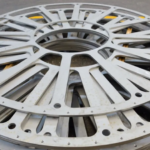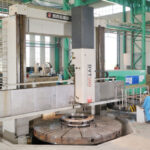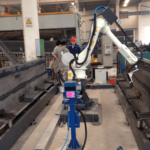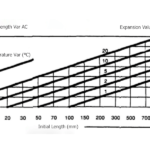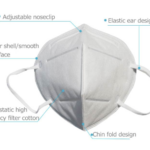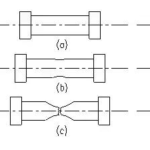Flow drill technology (the process is also known as flow punch forming, friction drilling, thermal friction drilling) is a method of making holes chip-less in thin-walled metal components or tubular components in which the material is pushed out of the way with the aid of heat from friction. The flow drill is mainly made of cemented carbide with good wear resistance and high-temperature resistance. Flow drill has been greatly changed the traditional connection methods of thin-walled components and tubular components.
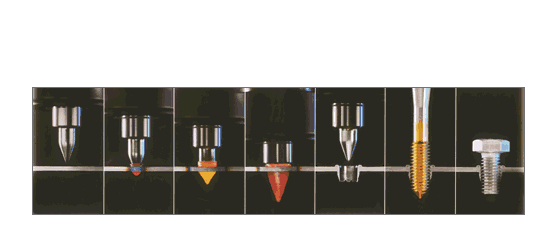
Background of flow drill developing
Working principle of flow drill – the process
Features of flow drill
Application of flow drill
The background of flow drill developing
In many areas of mechanical and plant engineering, aviation, and the construction industry, before the flow drill technology used, designers and production engineers were confronted with the challenge of connecting components and structural components. If fixed, non-detachable connections are required, depending on the area of application, the different non-detachable joining technologies are used. In particular, the processes of welding, soldering, or gluing are used to achieve a resilient connection. However, what possibilities are there if a detachable connection is required, e.g. so that components or assemblies can be assembled or dismantled on-site without great effort? In most cases, conventional bolted connections with bolts (external thread) and nuts (internal thread) are used. With this proven method, the desired elements can be connected and, depending on the requirements, disconnected again. However, the use of conventional screw connections reaches its limits when thin-walled components or hollow sections, in particular, are to be combined. For thin-walled components such as sheet metal constructions, the use of screw-nut connections is possible, provide that both sides are easily accessible for assembly. Depending on the requirements, different variants of “screw-nut” versions can be found here. Conventional screws and nuts are often used. However, the mentioned traditional joining methods are material-, time- and cost-intensive. The load-bearing capacity of the detachable connection is sometimes very limited and unintentional loosening of the weld nut, press-fit nut or rivet nut cannot be avoided. For thin-walled components and in particular, for hollow profiles, the flow drill technology is an economical alternative for producing a sheet metal pull-through and subsequent thread forming!
Working principle of flow drill technology – the process
In the flow drill technology, a fast-rotating (1500-3000r/min) carbide taper mandrel is pressed onto the thin-walled component or sheet metal under axial force or with a feed movement. As the feed motion increases and the friction between the rapidly rotating tool and the stationary workpiece increase, the workpiece heats up very quickly in the contact zone. The further axial infeed of the tapered mandrel results in a rising friction surface and the workpiece heated up very strongly. Depending on the material and the resulting heat conduction, the temperature is up to approximately 650℃-750℃. This greatly reduces the yield stress of the workpiece and the process movers from the initial cold forming stage to the hot forming stage. The yield stress of the workpiece in the contact area is so greatly reduced that the flow drill can be pressed into the workpiece with considerably less force. The yield stress in the hot forming area is only about 10-20% of the yield stress at room temperature. As a further axial infeed of the tool continues, the original molten solid material in the hole flows thermo-plastically in the radial and axial directions, the bush forms on the underside of the workpiece. This bushing comes without any additional material or inserts, which offers enough space for machining the screw threads. The threads are forced into the workpiece by a non-cutting method. It is cold worked and compacted as forging without destroying the natural grain (fiber-running) of the material. Formed threads are characterized by extremely high strength and smoothness.
Features of Flow Drill
1, During the process, bushing forms on the underside of the workpiece, and the total thickness is 3 times the initial thickness. All this improve the thread precision, tensile strength, thread torque value, and stability;
2, Because of the strong friction between flow drill and the workpiece, the workpiece heats up sharply and then cool down in the air, which improves the hardness, rust-proof and corrosion resistance of the hole;
3, High processing speed, short cycle time. It just cost 2-6 seconds to obtain a hole, which improves working efficiency;
4, No need to deal with waste because of no chip, which simplifies the process and improve the utilization rate of the material;
5, The flow drill is easy to maintain for its simple structure, with long service life;
6, Flow drill can be used at standard drilling machines as well as CNC drilling machines. The bit holder of flow drill adopts sleeve chuck and the tool holder adopts Morse taper shank or Straight cylindrical handle, no need to add any hardware;
7, Flow drill can optimize, simplify, and improve the structure design and process route of the product, which is conducive to the subsequent assemble.
The application of flow drill
Flow drill is widely used in various industries including machinery, auto, aerospace, domestic appliance, metal furniture, lighting, and so on. Flow drill can machine various standard screw threads, metric threads, and NPT threads.
At present, the flow drill has been applied effectively. here are the parameters:
|
Screw Dimension |
Flow Drill Diameter(mm) |
Rotate Speed(r/min) |
Power(kw) |
Time(s) |
|
M2 |
φ1.8 |
3200 |
0.5 |
2 |
|
M3 |
φ2.7 |
3000 |
0.6 |
2 |
|
M4 |
φ3.7 |
2600 |
0.7 |
2 |
|
M5 |
φ4.5 |
2500 |
0.8 |
2 |
|
M6 |
φ5.3 |
2400 |
1.0 |
2 |
|
M8 |
φ7.3 |
2200 |
1.3 |
2 |
|
M10 |
φ9.2 |
2000 |
1.5 |
3 |
|
M12 |
φ10.9 |
1800 |
1.7 |
3 |
|
M16 |
φ14.8 |
1400 |
2.2 |
4 |
|
M20 |
φ18.7 |
1200 |
2.7 |
5 |
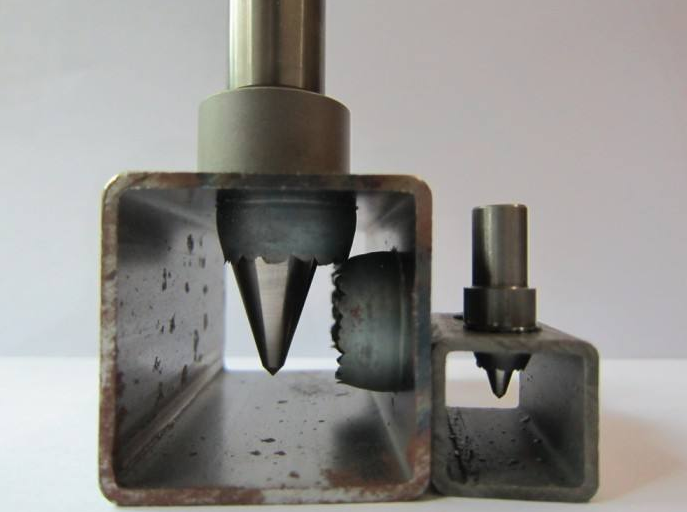
As a professional heavy machining service supplier, Openex, aiming at optimizing the process, improve the products, reduce the cost, and improve efficiency, provides thin-walled components flow drill connection solution for customers. If you’re interested in the flow drill or other metal machining technology, feel free to contact us at [email protected].
Link to this article:The application of flow drill in mechanical industry
Reprint Statement: If there are no special instructions, all articles on this site are original. Please indicate the source for reprinting.:Casting Wiki,THANKS!^^

